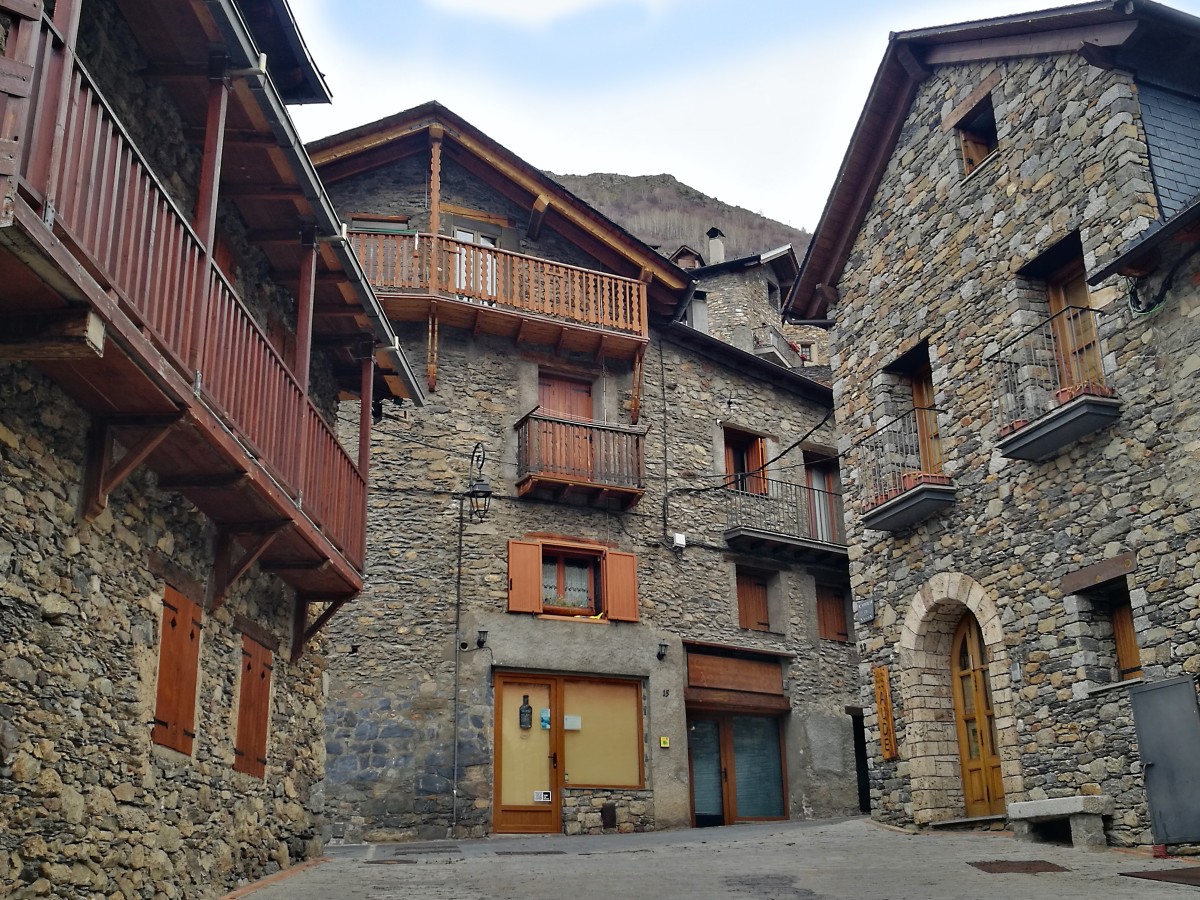
Four years have passed since COVID-19 fully hit our lives and began a long period of lockdowns and limited mobility, which awakened a desire in many Spaniards to leave the city behind and move to the countryside. This phenomenon reached its peak in the spring of 2021 when 5.8% of all contact with advertisers on idealista was for properties in villages with fewer than 5,000 inhabitants.
According to data for the fourth quarter of 2023, the penchant for the countryside seems to have waned. Three years since the peak, only 4.7% of contacts are about properties in these villages, according to an idealista study. The weight of these searches is even lower than before the start of the pandemic, in the first quarter of 2020, when they accounted for 5.2% of the total.
It is precisely in the most depopulated provinces where this phenomenon has been most noticeable. In Cuenca, 46.8% of all contacts in the province were about small villages; currently, they only account for 29% – 17.8 points less. It is followed by Teruel (which went from 48.8% to 35.9%); Huesca (from 48.5% to 35.6%); Huelva (from 38.3% to 27.4%) and Caceres (from 27.8% to 17.3%).
On the other end of the scale are the provinces of Badajoz (where they have grown from 5.3% of contacts to 6.5%); Jaen (from 7.2% to 8.1%); Granada (from 10% to 10.7%); Malaga (from 2.8% to 3.3%), Guipuzcoa (from 2.4% to 2.8%) and Seville (from 1.1% to 1.2%).
In Las Palmas, the weight has remained at 0.1% since spring 2021. In the province of Barcelona, contacts in villages with less than 5,000 inhabitants represent 1.6% of the total, compared to 1.8% in spring 2021. Madrid, however, has gone from 1.8% to 1.3%.
Families interest in living in these areas seems to have dropped to pre-pandemic levels. The weight of contact in villages with fewer than 5,000 inhabitants was higher than the current level in the months before the start of lockdown in almost all provinces. The greatest difference occurs in Teruel, since in winter 2020 it registered 58% of contacts in villages, while now it stands at 35.9%. It is followed by Caceres (with 34.9% in 2020 and 17.3% currently), and Zamora (27.7% pre-pandemic and 13.5% currently). Soria (32.3% pre-Covid and 20.2% currently) and Cuenca (40.3% before the pandemic and 29% currently). In Madrid, in the first quarter of 2020, it was 1.5%, while it is now 1.3%.
Even so, in four provinces interest in homes in villages has grown since then: Pontevedra (from 3.6% in 2020 to 4.6% currently); Valencia (from 6.3% to 7.1% currently); Malaga (from 2.9% to 3.3% currently) and Barcelona (from 1.5% to 1.6% currently). In these last three cases, the high prices in the more populated areas could be causing more interest in smaller areas with lower prices.
Most popular villages
Each province's geographical and population configuration means that there is a greater volume of villages with fewer than 5,000 inhabitants and that the weight of contacts in them as a proportion of the province's total is higher. This is the case of Avila, the Spanish province where village contacts have the most weight: 42.7% of the total. They are followed by Segovia (38.3%), Teruel (35.9%), Huesca (35.6%), Toledo (29.8%) and Cuenca (29%). On the contrary, in Las Palmas, they only account for 0.1% of the total, followed by Seville (1.2%), Madrid (1.3%), Barcelona (1.6%) and Santa Cruz de Tenerife (2.3%).
For Francisco Iñareta, an idealista spokesperson, “the supposed exodus to the countryside never occurred, but interest in setting up home in areas far from cities did since they offered larger homes at lower prices, with access to gardens or even orchards to escape the harshness of lockdown and de-escalation processes.”
“What's more, it seemed that remote working would become a mainstream solution that would allow us to move away from large work centres without lowering performance. But once all the kinks of the pandemic had been ironed out, families refocused on the urban environment, sacrificing those extra square metres or plots of land in exchange for better services. Furthermore, the hybrid remote working model, which prevents us from permanently moving away from the offices, has been a determining factor why many of those families who chose to escape to the countryside have had to return to their cities.”
Data compiled and analysed by idealista/data, idealista's proptech, which provides information for a professional audience to facilitate strategic decision-making in Spain, Italy and Portugal. It uses all the idealista database parameters in each country and other public and private data sources to offer valuation, investment, recruitment and market analysis services.

